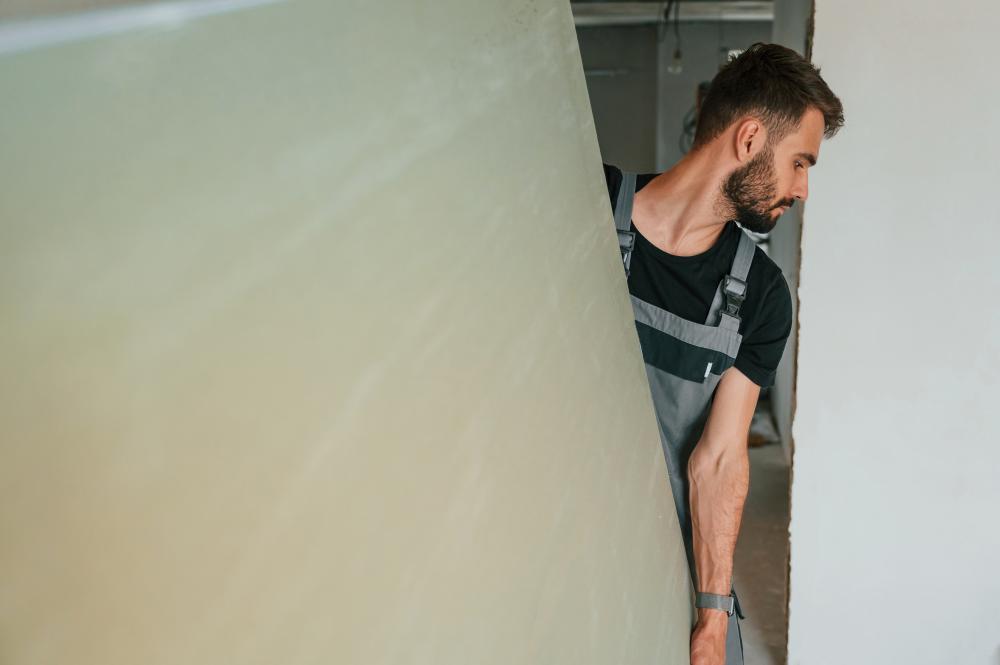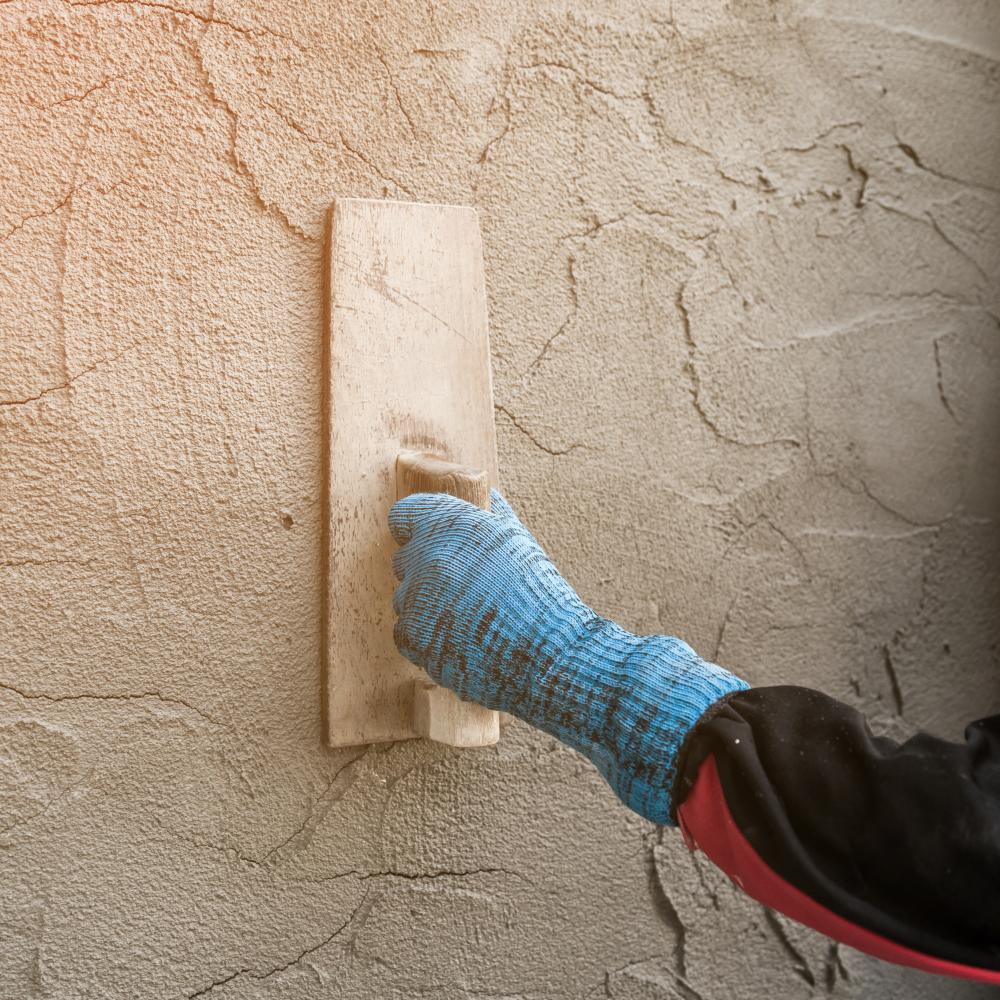
Navigating the Plastering World
Plastering is more than just a home improvement task; it’s an art that combines both function and aesthetics. For over two decades, I’ve been immersed in this intricate craft, transforming walls and ceilings into smooth canvases ready to be adorned. Whether you’re seeking someone to repair minor damage or planning a major renovation, finding the right Plasterer is crucial for achieving your desired results.
When selecting a plasterer, the range of services offered varies widely. From traditional lime and cement plastering to modern drywall and gypsum finishes, understanding what you need is the first step. With tools and techniques evolving over the years, a seasoned plasterer can guide you through the options to ensure both durability and visual appeal.
Working with Local Plasterer can greatly influence the final outcome. Communicating your expectations clearly and discussing potential challenges upfront can avoid misunderstandings down the line. Remember, a reputable plasterer doesn’t just finish the job; they perfect it.
Why Choose Lime Plastering?
Lime plastering, a technique with roots dating back centuries, has enjoyed a resurgence due to its environmental benefits and unique qualities. Mixing lime, sand, and water results in a breathable surface ideal for older buildings or humid environments. This natural material regulates humidity better than modern alternatives, which can help prevent mold growth and structural deterioration.
During my career, I’ve witnessed firsthand how lime plastering can revitalize spaces while preserving their historical integrity. The material’s flexibility allows for minor movements in older buildings, reducing the risk of cracks. Moreover, its aesthetic appeal lies in its earthy texture, providing a rustic charm that modern materials often lack.
While lime plastering requires specialized skills and can be time-consuming, the long-term benefits far outweigh the initial investment. Whether restoring an older structure or seeking a sustainable option, a Plasterer Near Me skilled in lime techniques is worth considering.
This method also holds antiseptic properties, which are beneficial in creating healthier living environments. This is an added layer of protection that is often overlooked but crucial for maintaining well-being in a space. Knowing a local expert who specializes in this craft can give you peace of mind, ensuring that your plasterwork is both beautiful and functional.
What Qualifies as a Plasterer Near Me Emergency?
Not all plastering tasks can wait. An emergency can arise when there’s a risk of structural damage, severe water leaks, or significant aesthetic issues impacting your property’s value. Promptly addressing these issues prevents further complications.
In my professional experience, the most common emergencies involve water damage that compromises plaster integrity. For instance, if you’re dealing with ceilings at risk of collapsing, immediate intervention is necessary. Time-sensitive repairs can mitigate hazards, ensuring safety and preserving your property’s value.
During emergencies, it’s essential to contact a reliable Plasterer Near Me who can handle the situation efficiently. Access to a local expert who understands the nuances of emergency plastering tasks can be invaluable. They can quickly assess the damage, provide immediate solutions, and plan for comprehensive repairs to prevent recurrence.
Seek out services that offer rapid response times and are well-versed in similar projects. Experience plays a crucial role here, as a seasoned professional can swiftly navigate the complexities of emergency repairs, minimizing downtime and distress.
The Process of Wall Plastering: Step by Step
Plastering a wall involves several meticulous steps to ensure a smooth, durable finish. Here’s a step-by-step look at the process:
- Preparation: This involves cleaning the wall to remove dust and debris. It’s vital for ensuring proper adhesion of the plaster.
- Priming: A primer coat of plaster is applied to create a solid foundation for subsequent layers. This step is crucial for preventing flaking.
- Base Coat Application: The initial thick layer of plaster is applied, often referred to as the scratch coat. This layer helps to level the surface.
- Finishing Coat: Once the base coat sets, a thinner finishing coat is applied to achieve a smooth, even surface. This is where the craftsmanship truly shines.
- Drying and Curing: The final step involves allowing time for the plaster to dry and cure properly. Rushing this process can lead to imperfections and reduced durability.
Being thorough at each stage ensures a high-quality finish. An experienced Plasterer Near Me can expertly guide you through this process, tailoring techniques to match your project’s specifics.
Common Misconceptions About Plastering
Plastering is often misunderstood, leading to misconceptions that can skew expectations. One prevalent myth is that plastering is a minor cosmetic task. In reality, it plays a critical role in a building’s structural integrity and insulation.
Another frequent misunderstanding is the belief that all plaster is the same. In truth, the material and method chosen can significantly affect performance and longevity. An informed Plasterer Near Me should offer guidance on choosing the right approach for your specific needs.
Finally, there’s a common assumption that plastering is a simple DIY job. While small repairs might be manageable, larger tasks require professional expertise to avoid costly errors and ensure a flawless finish. Hiring an experienced plasterer not only saves time but also guarantees a result that meets high standards.
Choosing the Right Plasterer: Key Considerations
Selecting the right Plasterer Near Me involves more than just checking credentials. Here are some factors to consider:
- References and Reviews: Personal recommendations and online reviews can provide insights into a plasterer’s reputation and reliability.
- Portfolio and Experience: Evaluate past projects to assess skill levels and versatility in handling different plaster types and challenges.
- Communication: Clear communication is vital. A good plasterer should listen to your needs and explain their approach clearly.
- Quotes and Estimates: Obtain multiple quotes to compare prices and services offered. Be wary of unusually low estimates, which may indicate corner-cutting.
Making an informed choice ensures peace of mind and satisfactory project outcomes. Take the time to find a plasterer who aligns with your vision and budget, and you’ll be rewarded with results that stand the test of time.

How Can I Choose the Right Plasterer for My Project?
Choosing the right plasterer involves more than simply picking the first option that pops up in a search. It’s important to evaluate several aspects such as experience, reputation, and communication. To start, consider asking for references or reading online reviews from websites like Yelp and BBB. Assessing a plasterer’s portfolio on platforms like Angi can provide insight into their versatility and skill level. It’s also crucial to communicate your needs clearly and choose someone who listens and explains their approach in understandable terms.
One might say it’s similar to hiring a guide for a trek; you’ll want someone knowledgeable, reliable, and who communicates effectively. Additionally, gathering multiple quotes is wise. Be cautious of unusually low estimates as they might indicate compromised quality. Consider if the plasterer aligns with your vision and budget. Think about how taking the time to find the right fit could save you stress and ensure high-quality results. What are some tips you’ve found helpful when hiring professionals?
Why Should I Consider Lime Plastering?
Lime plastering is a time-honored technique that offers several benefits, especially for older buildings or environments where breathability is crucial. Unlike modern plasters, lime plaster allows buildings to ‘breathe,’ which helps regulate humidity and prevents mold growth. This technique is particularly valuable in preserving the historical integrity of older structures, and its natural composition makes it an environmentally friendly choice.
Imagine you live in a beautiful vintage home; choosing lime plaster could maintain its charm while providing practical benefits. Although it requires specialized skills and may take longer to apply, the long-term advantages, including reduced risk of cracking and improved indoor air quality, make it worthwhile. If you’re considering lime plastering, what aspects of your project are you most excited about?
What Qualifies as a Plastering Emergency, and How Should I Respond?
Plastering emergencies typically involve situations that could compromise a building’s structural integrity or significantly affect its aesthetic appeal. Common issues include severe water damage, which risks the plaster’s integrity and can lead to ceiling collapse. Responding quickly is crucial to mitigate safety hazards and prevent further damage to your property.
Having a trusted local plasterer is akin to having a reliable mechanic for your car; in emergencies, you need someone who can act swiftly and efficiently. Look for local services offering rapid responses, like those found on Thumbtack. Quick assessment and repair can be invaluable. How do you prioritize repairs when faced with home emergencies?
What Are the Key Steps in the Wall Plastering Process?
Wall plastering involves several detailed steps to achieve a flawless finish, starting with preparation, which ensures the wall is clean. Priming follows, creating a solid base for the plaster. The process continues with applying a scratch coat to level the surface, followed by a finishing coat for smoothness. Finally, the plaster must dry and cure properly to enhance durability.
Think of it like baking a cake; each step is crucial for a perfect result. If rushed, imperfections may appear, compromising quality. An experienced plasterer, like those at Venetian Plaster Los Angeles, can guide you through this intricate process, ensuring a high-quality finish. How do you ensure quality in your home improvement projects?
What Are Some Common Misconceptions About Plastering?
Many believe plastering is purely cosmetic and can be handled as a DIY project. However, plastering is vital for structural integrity and requires professional skill for quality finishes. Another misconception is that all plaster materials are the same, but each type has distinct properties influencing performance and lifespan.
Consider plastering like tailoring a suit; while you might hem pants at home, crafting the perfect jacket requires a professional’s expertise. Hiring a seasoned plasterer ensures a job done right. Reflecting on home projects, what have you learned about the value of professional work?
How Can I Research and Compare Plasterers Effectively?
Researching plasterers involves gathering information from credible sources. Check platforms like LF Plastering Inc and Huntington Park Stucco Contractor for comprehensive insights into service offerings and expertise. Evaluating reviews and past projects can also help gauge the quality and reliability of their work.
Consider it like planning a vacation; thorough research ensures a successful outcome. Take the time to compare options and you’re likely to find a service that meets your needs. How do you usually go about researching services when quality matters most?
Resources
- National Park Service – The National Park Service website provides information on historic preservation and conservation practices related to plastering in historic buildings.
- The Lime Association of Texas – The Lime Association of Texas offers resources and information on the benefits of using lime plaster in construction and renovation projects.
- Environmental Protection Agency (EPA) – The EPA website provides information on indoor air quality and the importance of using materials like lime plaster for healthier living environments.
- This Old House – This Old House is a trusted resource for home improvement projects, including articles and videos on plastering techniques and tips for choosing the right plasterer.
